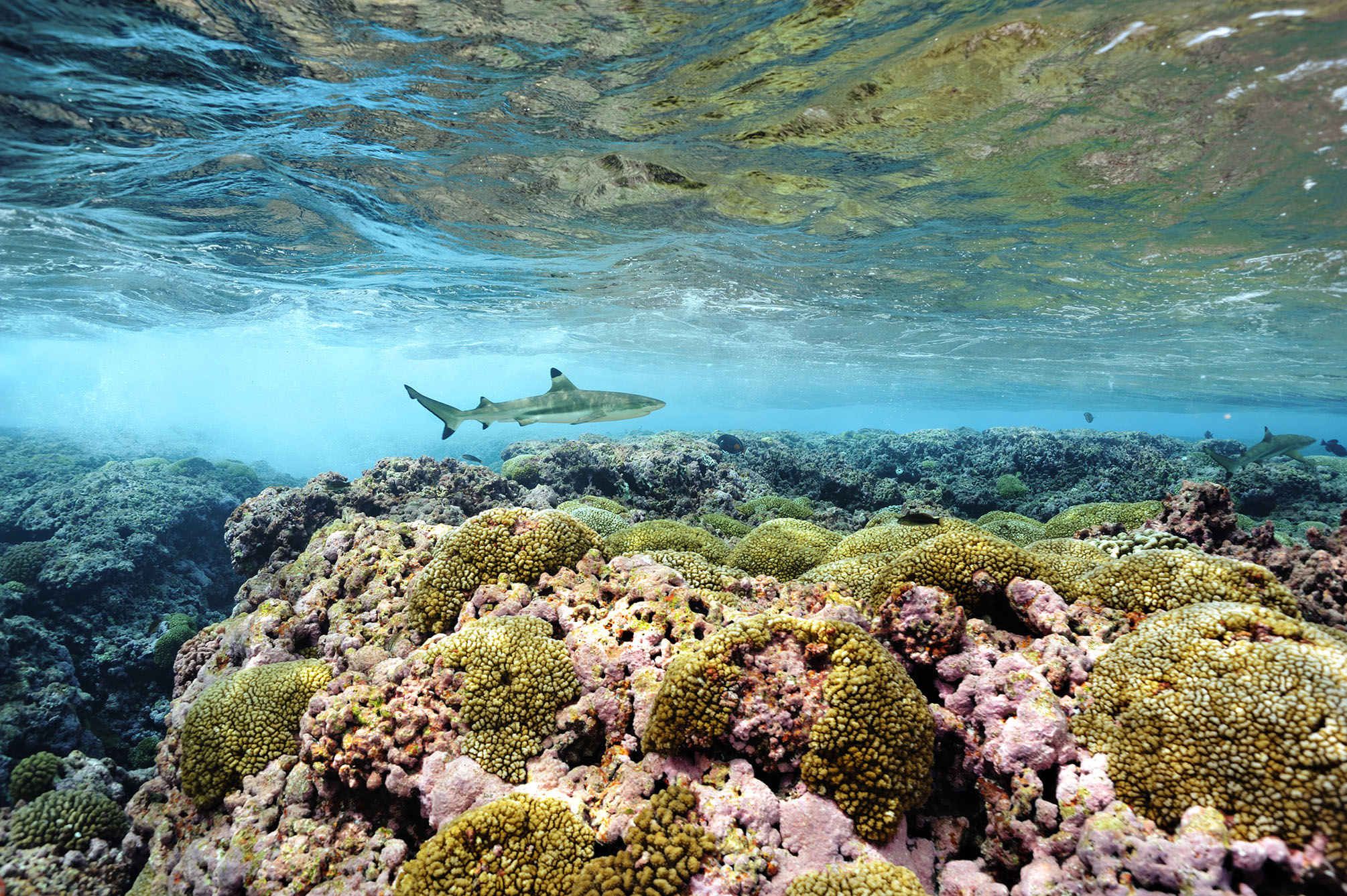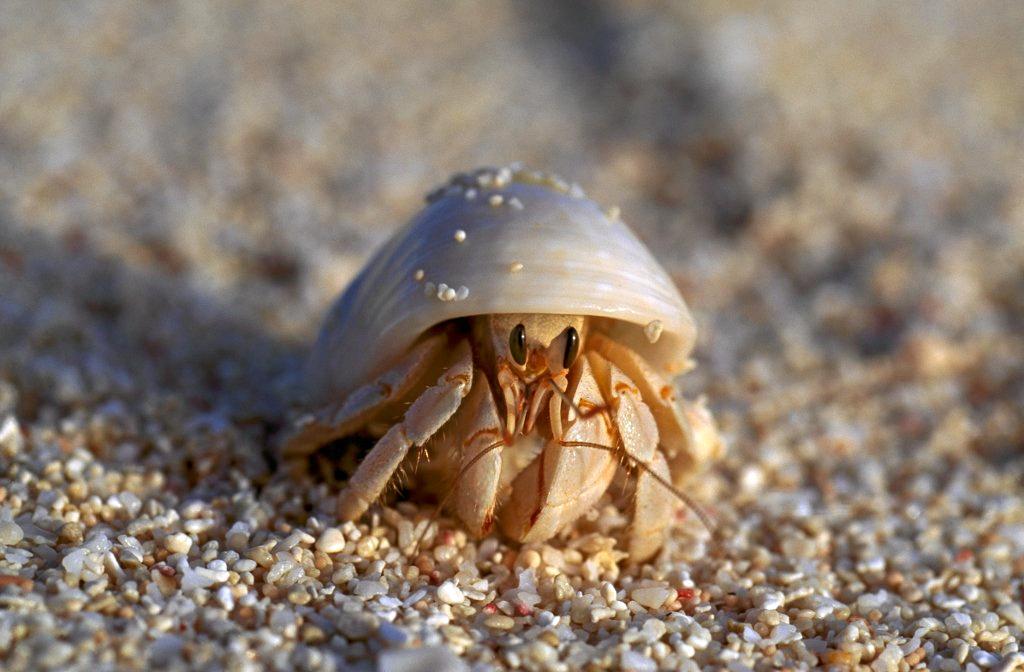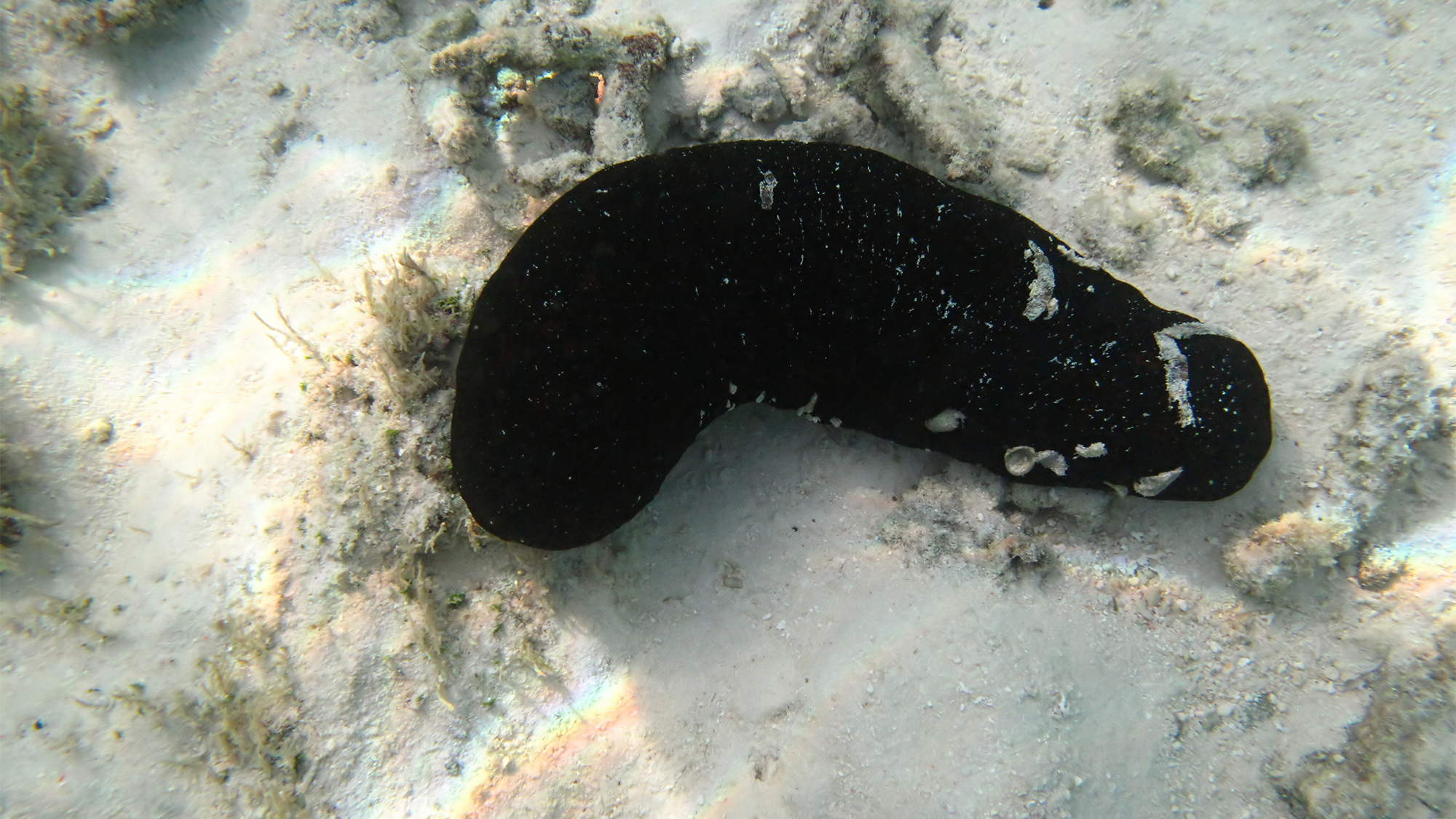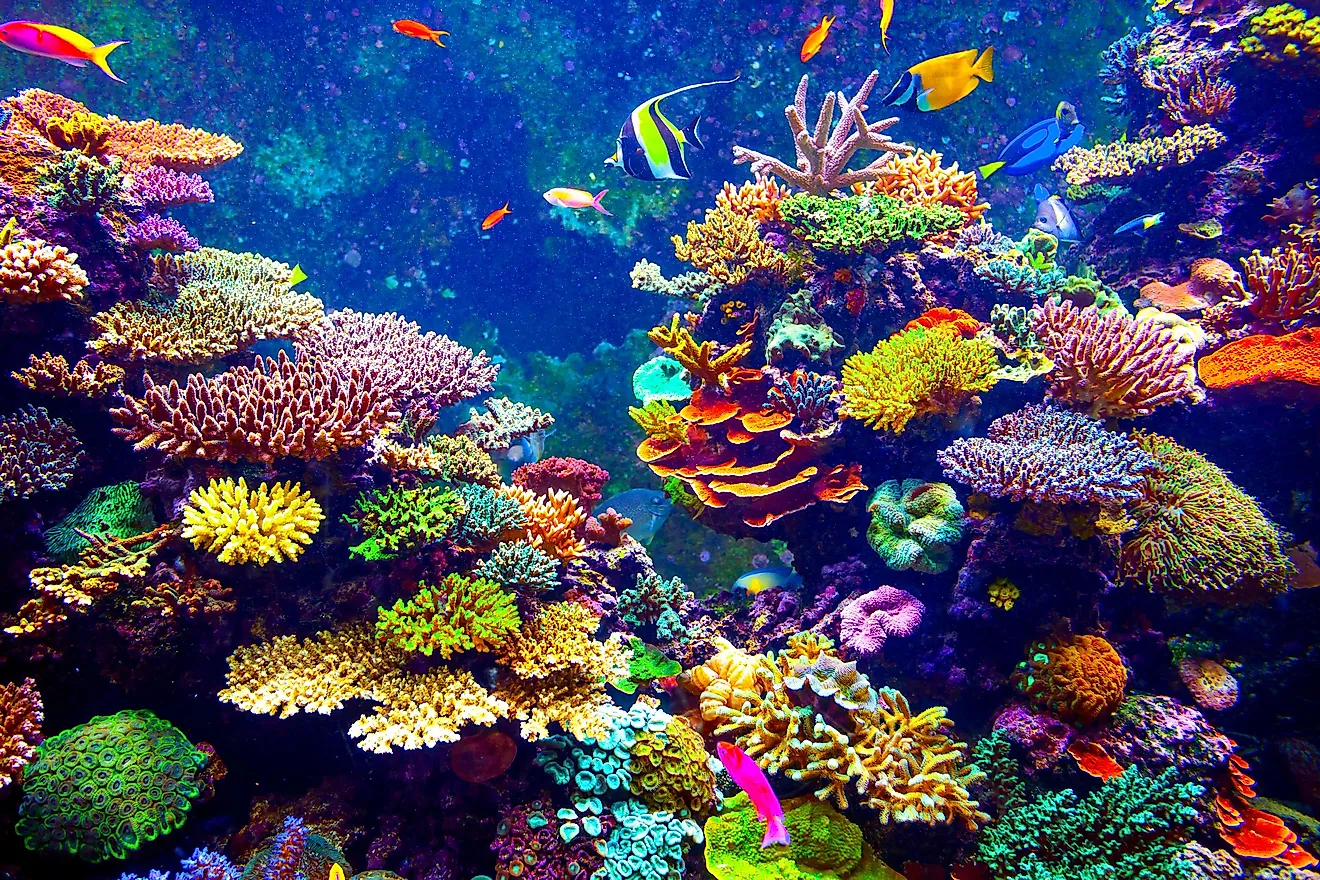Exploring Underwater Worlds: Marine Life and Coral Reefs
Welcome to the mesmerizing world beneath the waves, where vibrant colours, extraordinary creatures, and intricate ecosystems flourish. Exploring underwater worlds, particularly marine life and coral reefs, offers a glimpse into one of the planet's most captivating and essential environments. This blog post aims to introduce you to the wonders of marine life and coral reefs, delving into their definition, key aspects, and relevance. Through engaging insights, anecdotes, and examples, we'll explore the beauty and significance of these underwater marvels, leaving you eager to learn more.
What Are Coral Reefs and Marine Life?
Coral reefs are diverse underwater ecosystems held together by calcium carbonate structures secreted by corals. These reefs are primarily found in tropical and subtropical waters and serve as vital habitats for many marine species. Corals, the architects of these reefs, are small aquatic animals called polyps that live in colonies and form intricate structures over time.
Marine life encompasses all organisms living in saltwater environments, from the tiniest plankton to the largest whales. These diverse life forms include fish, molluscs, crustaceans, echinoderms, marine mammals, and many more. Together, coral reefs and marine life create a complex web of interactions that sustain the health and vitality of our oceans.
The Significance of Coral Reefs
Coral reefs are often referred to as the "rainforests of the sea" due to their incredible biodiversity. They cover less than 1% of the ocean floor yet support about 25% of all marine species. This biodiversity is not only crucial for the marine organisms that inhabit these reefs but also for human societies that depend on them.
Biodiversity and Habitat
Coral reefs provide habitat and shelter for numerous marine species, including fish, invertebrates, and algae. This diversity of life forms contributes to the stability and resilience of marine ecosystems. For example, the Great Barrier Reef in Australia is home to over 1,500 species of fish, 411 types of hard coral, and dozens of other species, including sharks, rays, and sea turtles.
Coastal Protection
Coral reefs act as natural barriers that protect coastlines from the erosive forces of waves and storms. By dissipating wave energy, reefs help prevent coastal erosion and reduce the impact of storm surges. This protective function is especially crucial for low-lying island nations and coastal communities.
Economic Value
Coral reefs contribute significantly to local and global economies through tourism, fishing, and other industries. Millions of people visit coral reefs each year to experience their beauty and biodiversity firsthand, supporting tourism and hospitality industries. Additionally, reefs are vital for commercial and subsistence fishing, providing food and livelihoods for millions of people worldwide.
Medical Research
Coral reefs are a source of novel compounds with potential applications in medicine. Many marine organisms produce unique chemicals that have shown promise in treating diseases such as cancer, HIV, and bacterial infections. Research into these compounds continues to reveal new possibilities for medical advancements.
Exploring Marine Life: A Dive into Diversity
Marine life is as diverse as it is fascinating, with countless species exhibiting unique adaptations and behaviours. Here, we'll explore some of the key groups of marine organisms and their roles in the underwater ecosystem.
Fish
Fish are among the most recognizable and diverse inhabitants of the ocean. From the colourful clownfish to the majestic manta ray, fish exhibit a wide range of shapes, sizes, and behaviours. Many fish species form symbiotic relationships with other organisms, such as the cleaner fish that remove parasites from larger fish.
Anecdote: On a snorkelling trip in the Maldives, I witnessed a school of vibrant parrotfish grazing on coral. These fish play a crucial role in maintaining the health of coral reefs by controlling algae growth. Their beak-like mouths allow them to scrape algae off the coral, preventing it from suffocating the reef.
Molluscs
Molluscs, including octopuses, squids, clams, and snails, are another diverse group of marine organisms. Cephalopods, such as octopuses and squids, are known for their intelligence and ability to change colour and texture for camouflage. Bivalves, like clams and oysters, filter water to feed and contribute to water clarity.
Anecdote: During a dive off the coast of Indonesia, I encountered a mimic octopus. This remarkable creature can imitate the appearance and movements of various marine animals, including lionfish, flatfish, and sea snakes. Its mimicry skills are a fascinating example of adaptation and survival in the ocean.
Crustaceans
Crustaceans, such as crabs, lobsters, and shrimp, are essential members of the marine food web. They play roles as scavengers, predators, and prey, contributing to nutrient cycling and ecosystem balance. Many crustaceans have intricate life cycles and exhibit complex behaviours, such as the elaborate mating dances of some shrimp species.
Anecdote: While exploring a tide pool in California, I observed a group of hermit crabs engaged in a shell exchange. Hermit crabs rely on empty shells for protection, and when they outgrow their current shells, they search for new ones. The crabs formed a queue, each waiting its turn to move into a larger shell. This cooperative behaviour was a delightful reminder of the interconnectedness of marine life.
Echinoderms
Echinoderms, including starfish, sea urchins, and sea cucumbers, are known for their radial symmetry and unique regenerative abilities. These organisms play critical roles in marine ecosystems, such as controlling algal populations and recycling nutrients.
Anecdote: On a night dive in the Caribbean, I encountered a sea cucumber releasing a cloud of gametes into the water. This spawning event was part of the sea cucumber's reproductive process, and witnessing it highlighted the intricate life cycles of marine organisms.
Coral Reefs: A Closer Look
Coral reefs are complex and dynamic ecosystems that rely on the interplay of various biological, chemical, and physical factors. Let's take a closer look at some key aspects of coral reefs.
Coral Anatomy and Growth
Corals are colonial organisms composed of individual polyps. Each polyp secretes a calcium carbonate skeleton, which accumulates over time to form the reef structure. Corals obtain energy through a symbiotic relationship with zooxanthellae, photosynthetic algae that live within their tissues. This relationship provides the coral with nutrients and gives them their vibrant colours.
Reef Formation and Types
Coral reefs develop in three main types: fringing reefs, barrier reefs, and atolls. Fringing reefs grow directly along the shoreline, while barrier reefs are separated from the shore by a lagoon. Atolls are ring-shaped reefs that encircle a lagoon, often formed around submerged volcanic islands.
Threats to Coral Reefs
Despite their importance, coral reefs face numerous threats, primarily due to human activities and climate change. Key threats include:
1. Climate Change:
Rising sea temperatures cause coral bleaching, a phenomenon where corals expel their symbiotic algae, leading to loss of colour and vitality. Ocean acidification, resulting from increased carbon dioxide absorption, weakens coral skeletons.
2. Overfishing:
Unsustainable fishing practices, such as blast fishing and cyanide fishing, damage reef structures and deplete fish populations that rely on the reef for habitat.
3. Pollution:
Runoff from agriculture, sewage, and industrial activities introduces pollutants and excess nutrients into the ocean, leading to harmful algal blooms and degradation of water quality.
4. Coastal Development:
Construction and land reclamation activities destroy coral reef habitats and disrupt the delicate balance of reef ecosystems.
Anecdote: During a visit to the Florida Keys, I participated in a coral restoration project. Volunteers transplanted nursery-grown corals onto degraded reef areas, helping to rebuild the reef structure and promote the recovery of marine life. This hands-on experience underscored the importance of conservation efforts in preserving these vital ecosystems.
The Importance of Conservation
Conserving coral reefs and marine life is essential for maintaining the health and resilience of our oceans. Here are some ways individuals and communities can contribute to marine conservation:
Sustainable Practices
Adopting sustainable practices, such as reducing plastic use, supporting sustainable seafood choices, and minimizing carbon footprints, can help mitigate the impact of human activities on marine environments.
Education and Awareness
Raising awareness about the importance of coral reefs and marine life is crucial for fostering a sense of stewardship. Educational programs, documentaries, and outreach initiatives can inspire individuals to take action and support conservation efforts.
Marine Protected Areas
Establishing and enforcing marine protected areas (MPAs) helps safeguard critical habitats and allows ecosystems to recover from human impacts. MPAs provide safe havens for marine species and promote biodiversity.
Anecdote: In Belize, the Hol Chan Marine Reserve is a shining example of successful marine conservation. This protected area has seen a significant increase in fish populations and coral cover since its establishment. Snorkelling through the reserve's crystal-clear waters, I witnessed the vibrant marine life thriving in a protected environment.
Conclusion
Exploring underwater worlds, particularly marine life and coral reefs, opens our eyes to the beauty, complexity, and significance of our oceans. These ecosystems are not only vital for the health of marine organisms but also for human societies that depend on them. Through sustainable practices, education, and conservation efforts, we can ensure that future generations continue to marvel at the wonders of the underwater world.
As you dive deeper into the fascinating realm of marine life and coral reefs, remember that every small action counts. Whether it's reducing plastic waste, supporting marine conservation organizations, or simply sharing your newfound knowledge with others, you can make a difference. Let's work together to protect and preserve these extraordinary ecosystems, ensuring that they thrive for generations to come.
So, are you ready to take the plunge? Dive into the captivating world of coral reefs









Comments
Post a Comment